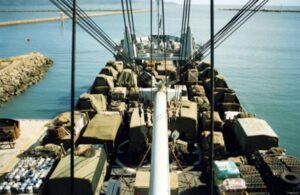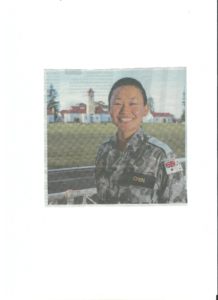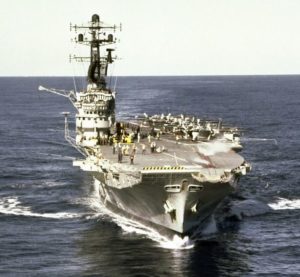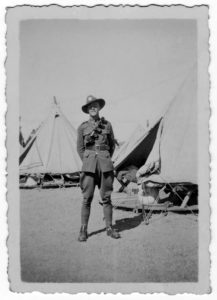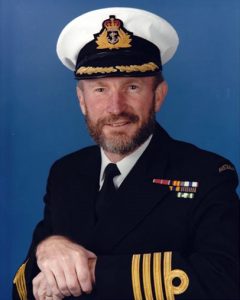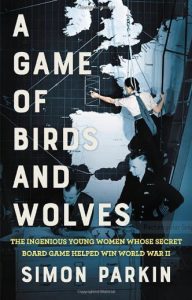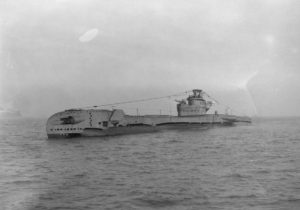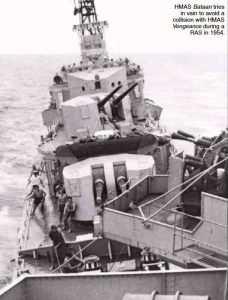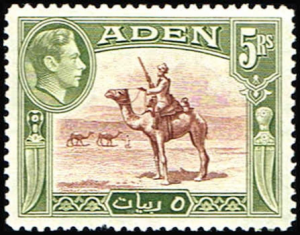You must be a logged-in member to view this post. If you recently purchased a membership it can take up to 5 days to be activated, as our volunteers only work on Tuesdays and Thursdays. If you are not a member yet or your membership just expired you can Join Now by purchasing a new membership from the shop. ...
Post WWII
An Essay on Lessons to be Learnt from the Korean War
By MIDN Li-Chun Chen RAN Born in Taipei, Taiwan, Chen grew up in Melbourne where they developed a love of learning with particular interests in science and philosophy. The younger ...
HMAS Melbourne Refugee Rescue Mission
By John Ingram ‘Oh, hear us when we cry to thee, For those in peril on the sea’. Some of the immortal words of the Naval Hymn composed by ...
Commander Guy Alexander Beange DSC RAN
By Hector Donohue Commander Guy Alexander Beange DSC RAN served with the Royal New Zealand Navy Volunteer Reserve during the Second World War and trained as a Fleet Air Arm ...
Occasional Paper 75: The Vietnam War and the Royal Australian Navy
The following address was delivered by Captain Ralph T. Derbidge MBE RAN (Retired) at the Melbourne Shrine of Remembrance to mark Vietnam Veterans Day on 18 August 2010. It describes ...
Book review: Out of Sight, Out of Mind: The Royal Australian Navy in Vietnam 1965-72
Out of Sight, Out of Mind: The Royal Australian Navy in Vietnam 1965-1972. Second Edition. By John R. Carroll. First published in 2013, this second edition has been revised with ...
Israeli Naval Submarine Dakar
Earlier this year (2019) while filling in time during heavy morning traffic in Haifa and passing the Naval Museum a tour guide related a story about the conning tower from ...
Big wave of destruction
A voyage from Fremantle to Cocos Islands to farewell the Royal Yacht SS Gothic at the successful end of Queen Elizabeth II’s first visit to Australia ended badly when two ...
Occasional Paper 30: HMAS Hobart
Several events concerning the three HMA Ships Hobart come together with a memorial and commemoration service at the Garden Island Chapel on Sunday 22nd July starting at 10.00am. HMAS Hobart ...
Occasional Paper 36: HMAS Sydney (III) Delivery to Australia 1949
Our thanks go to Debbie Irwin for the letter by her uncle, Stoker Mechanician James (Jim) Ashwood of HMAS Sydney (3) to his sister Nancy dated 8 May 1949 about ...
